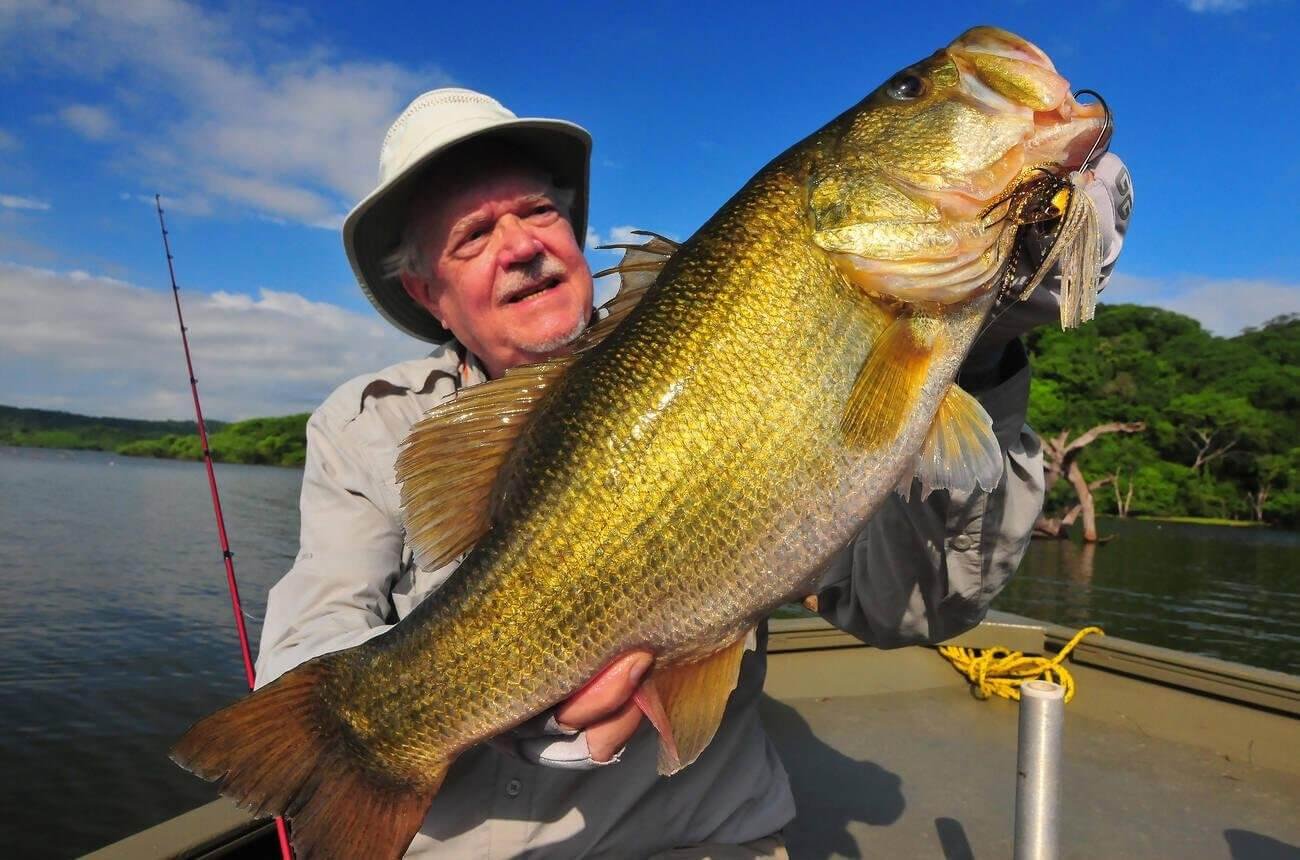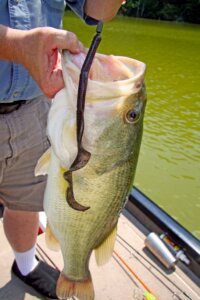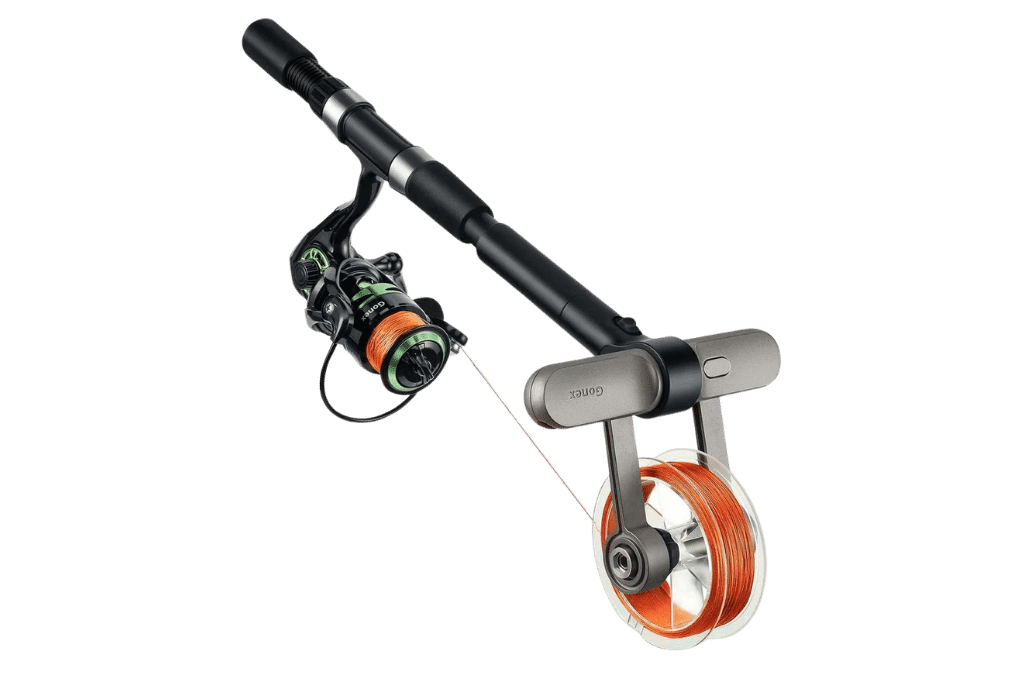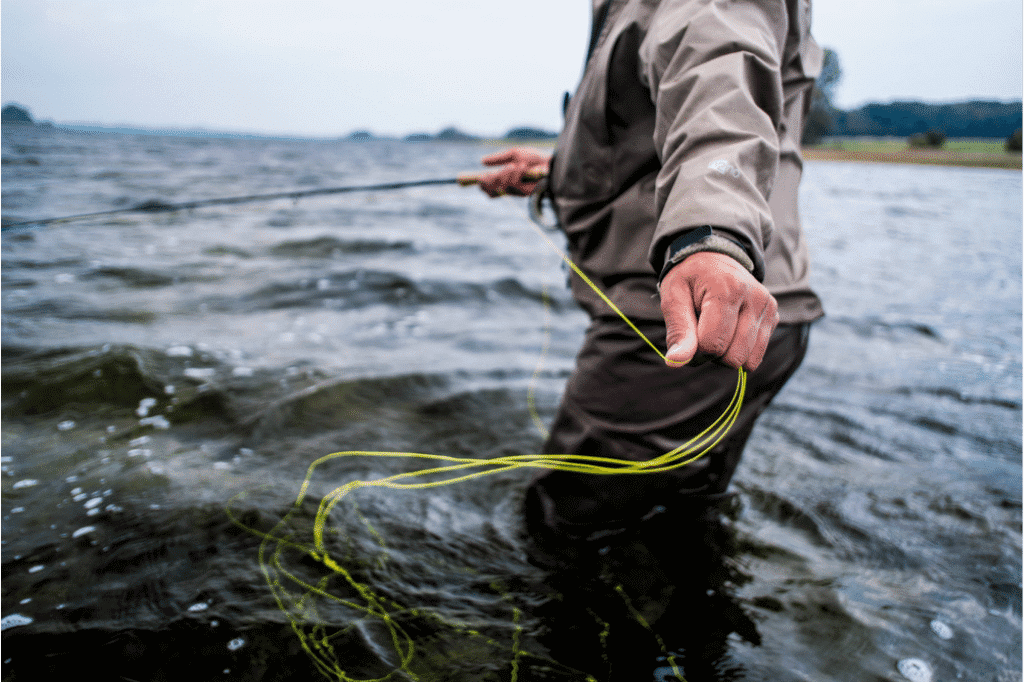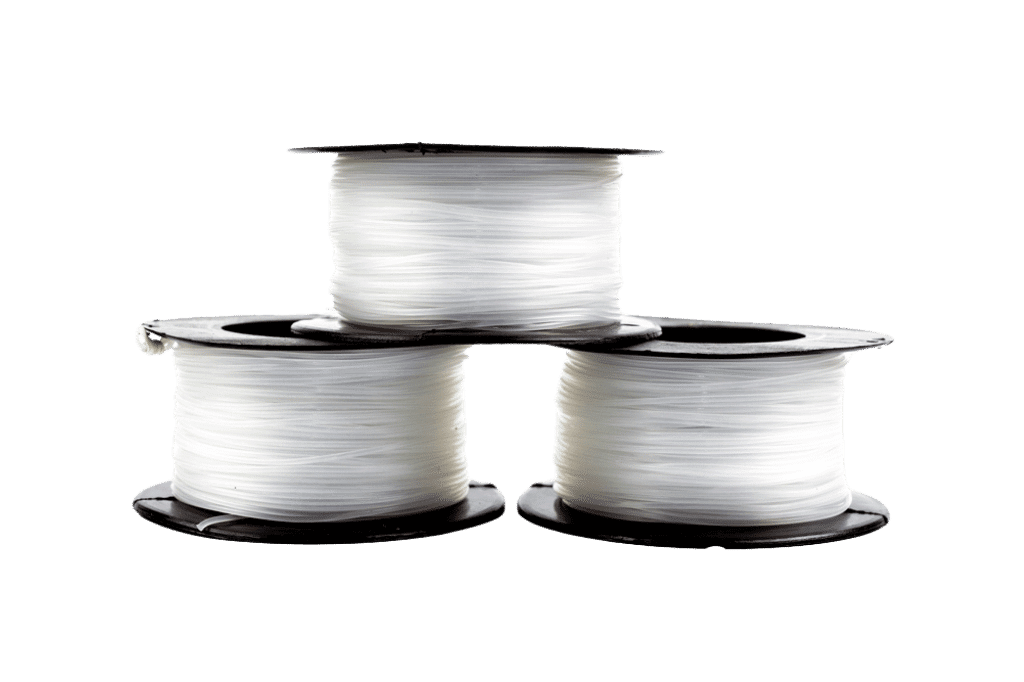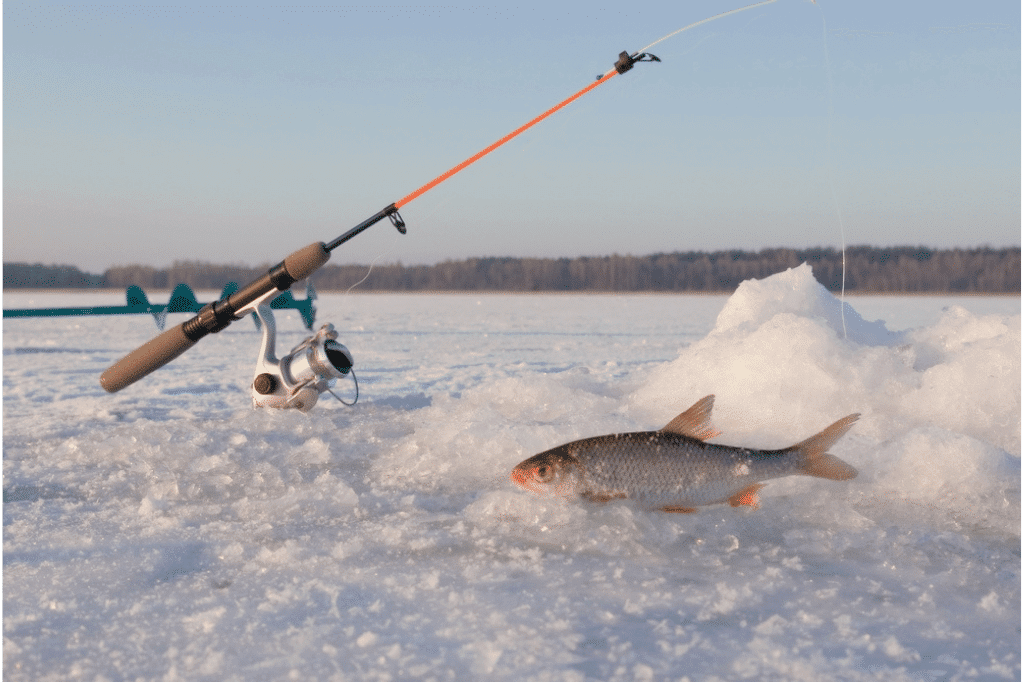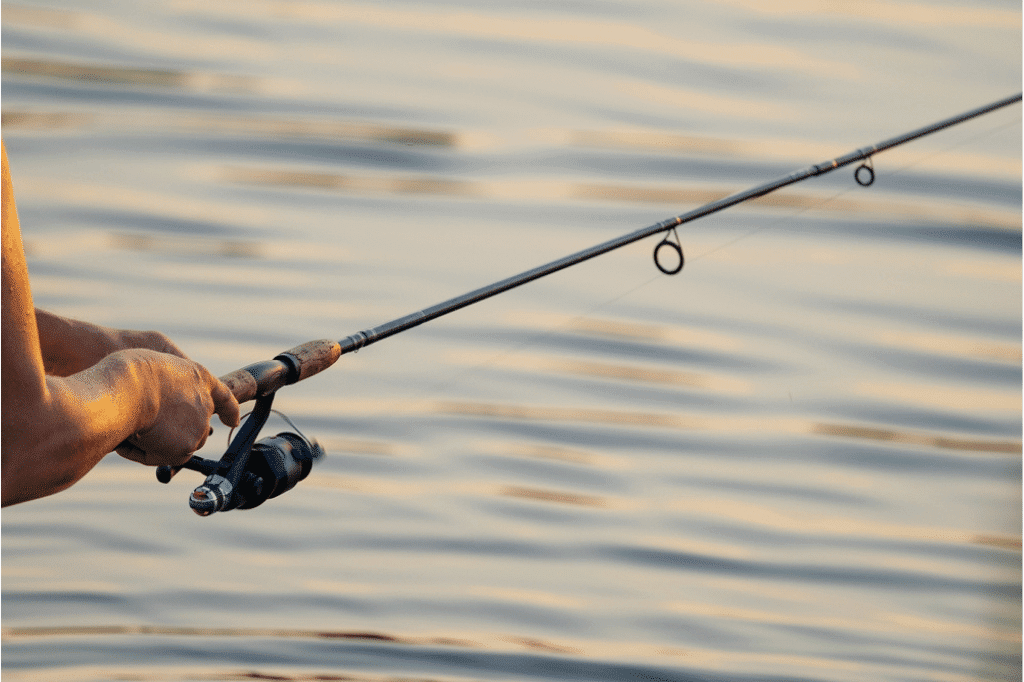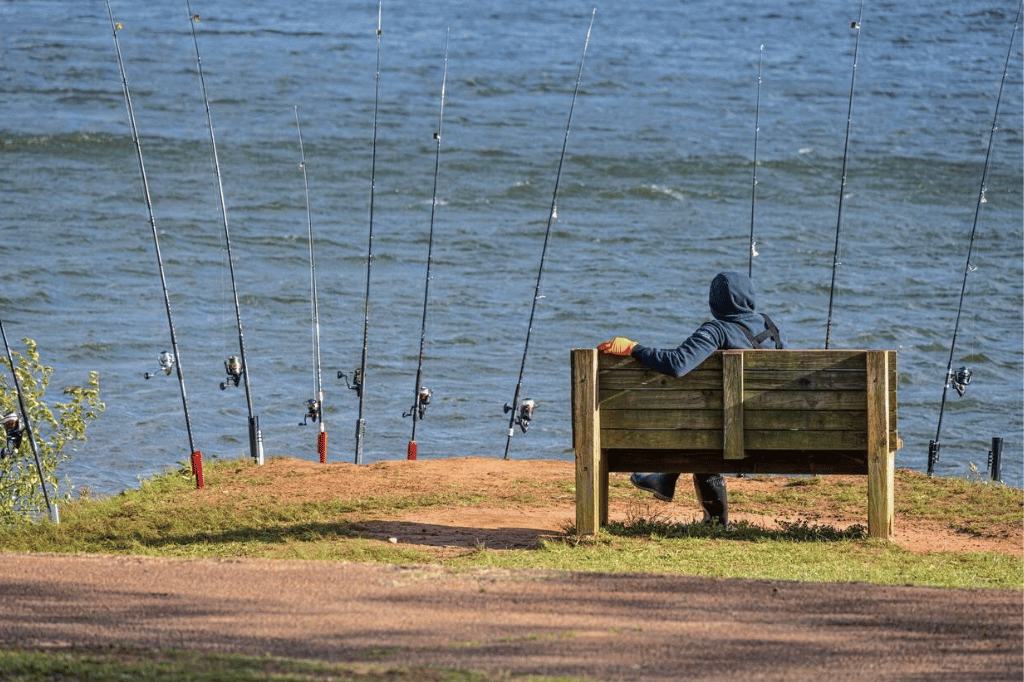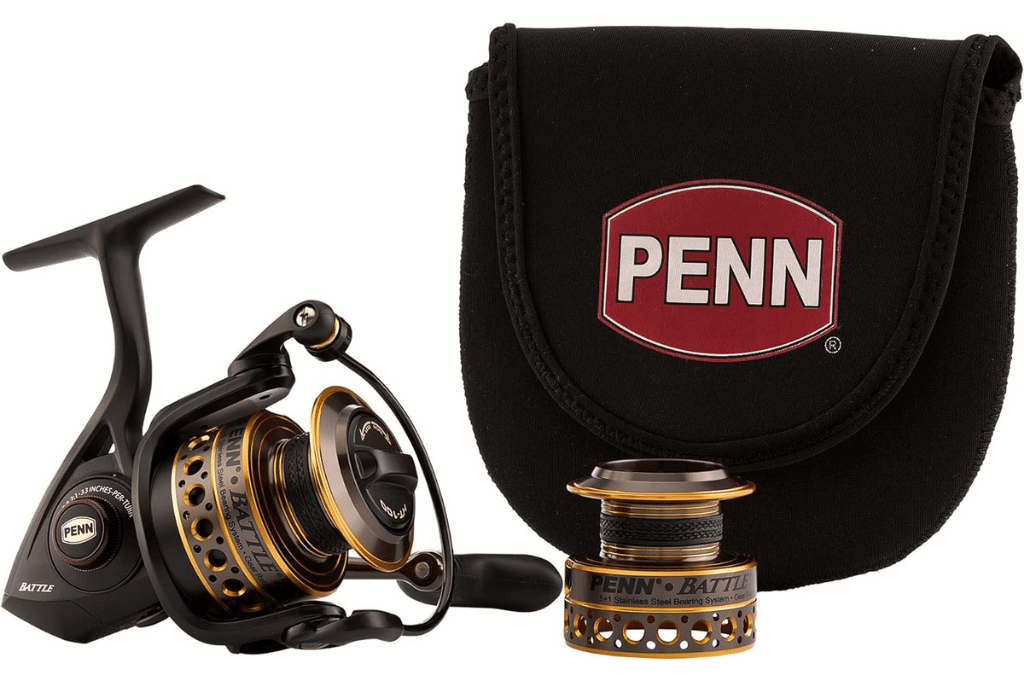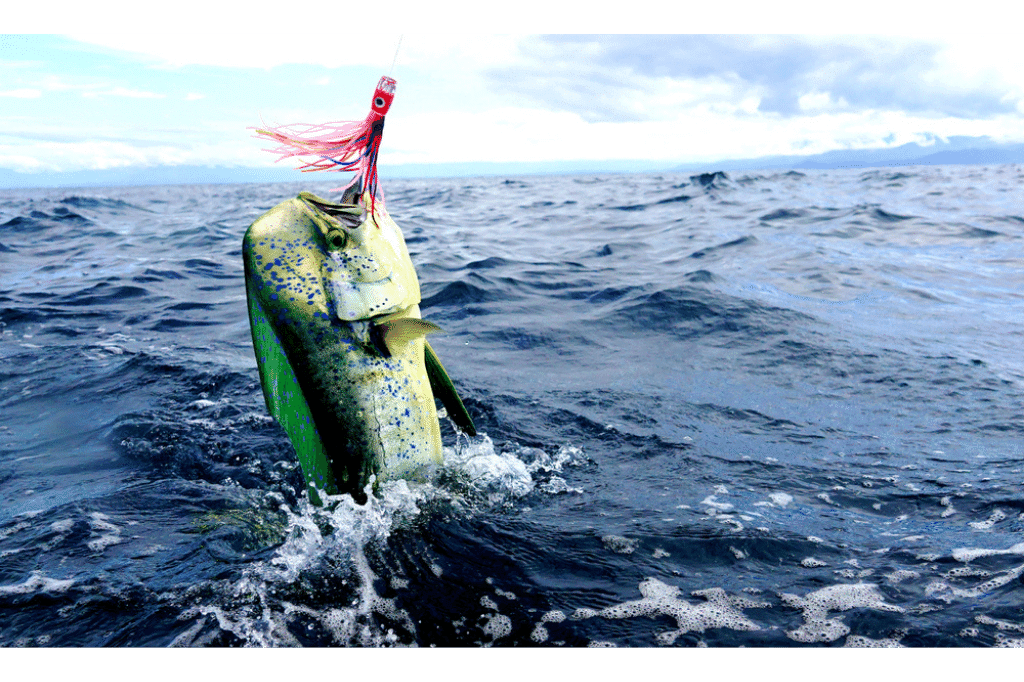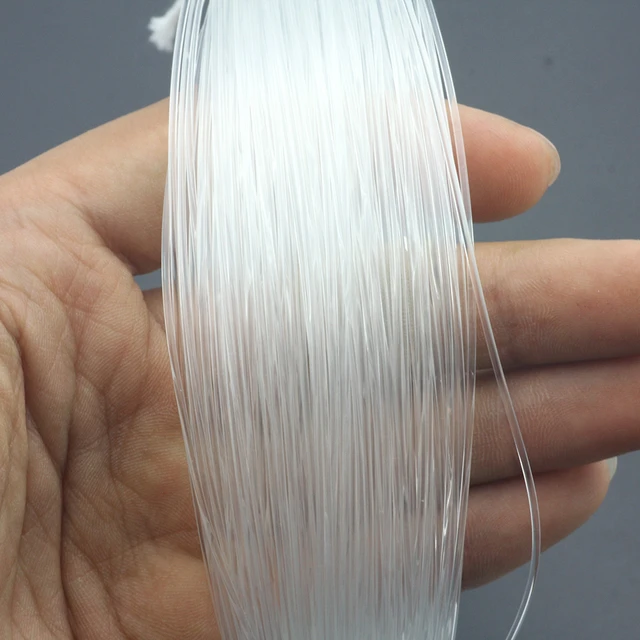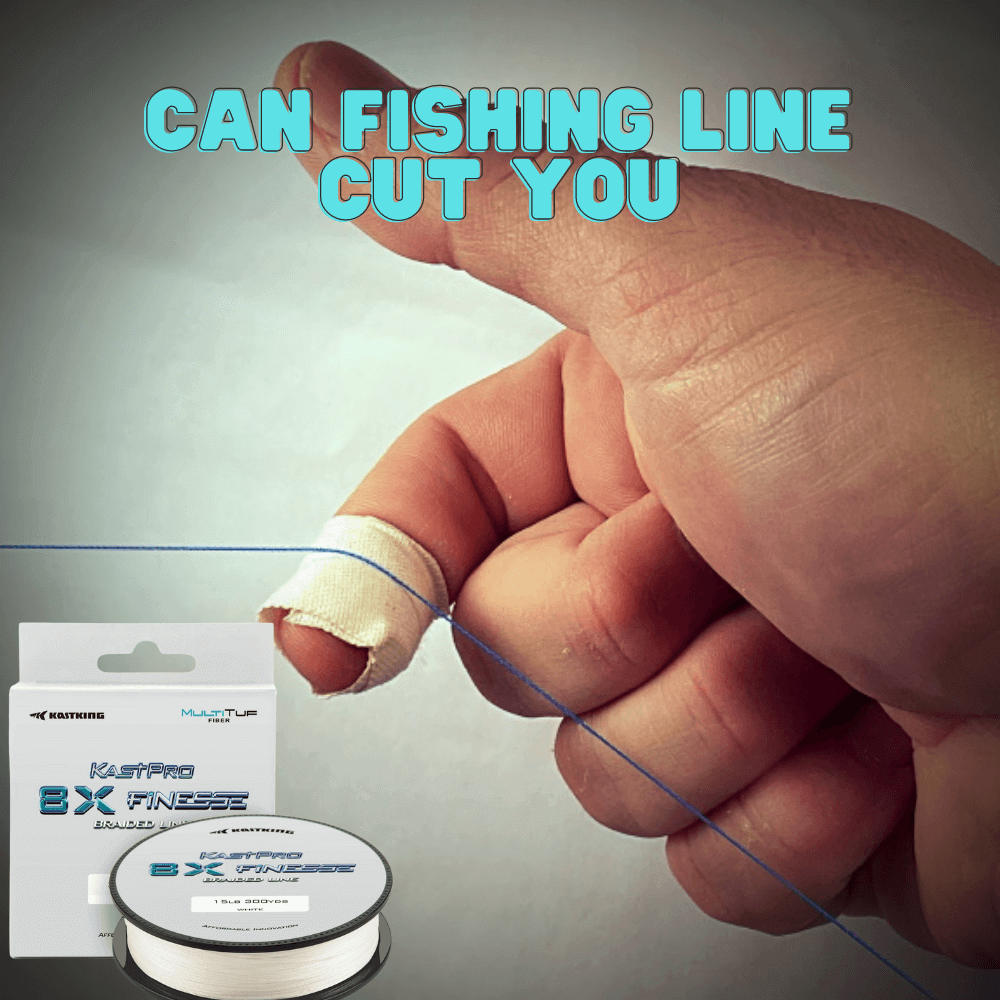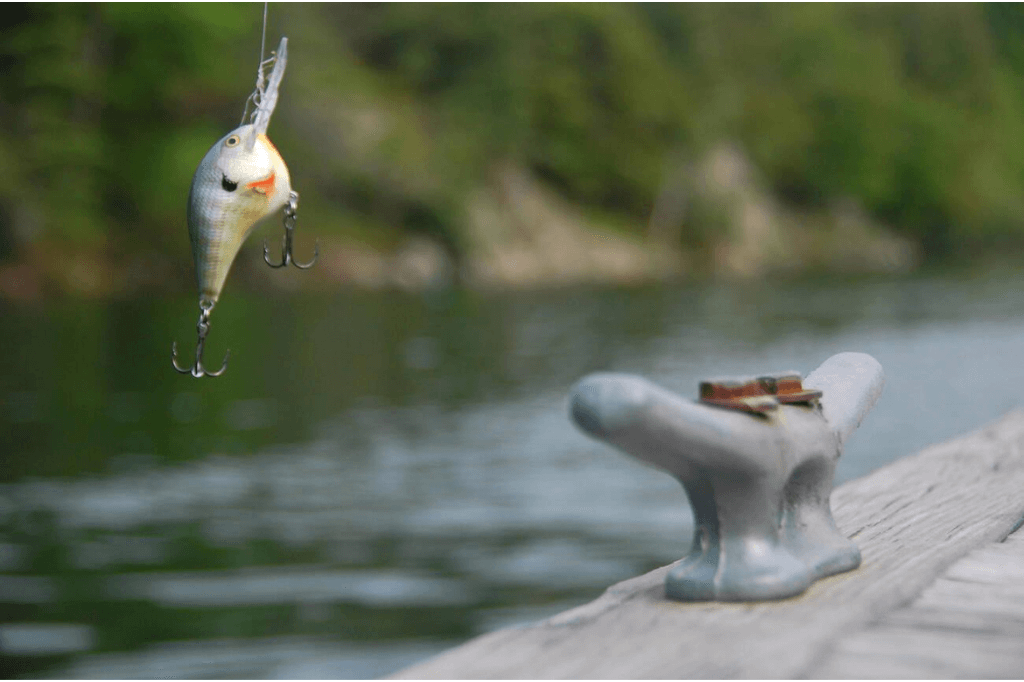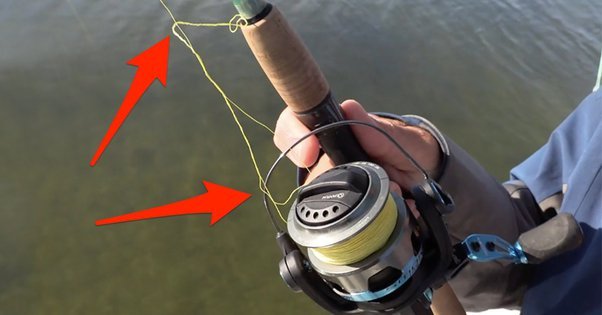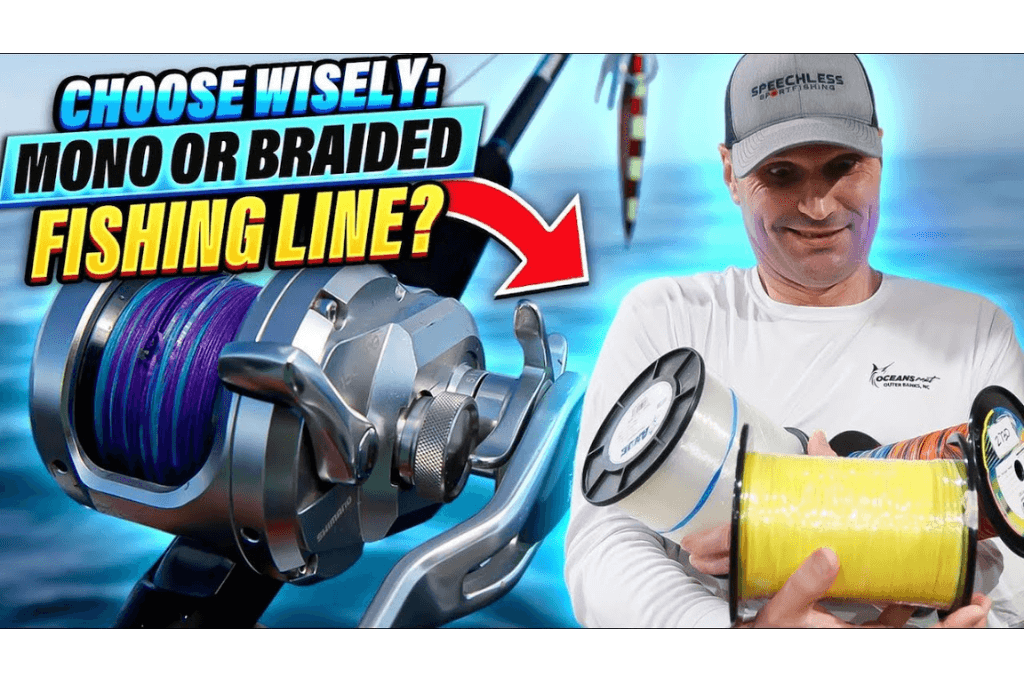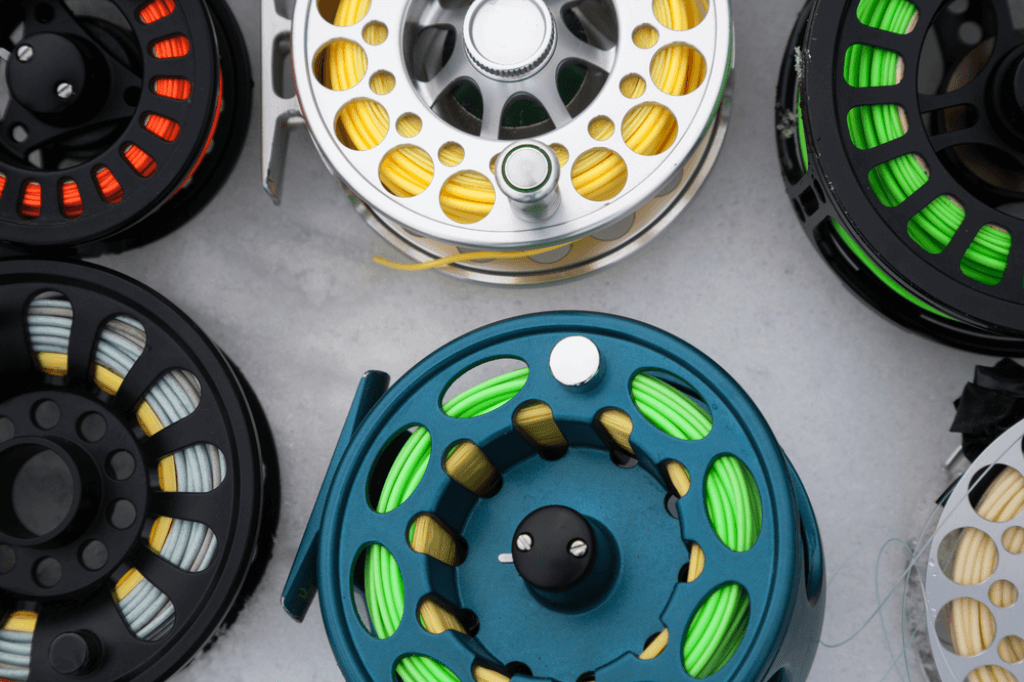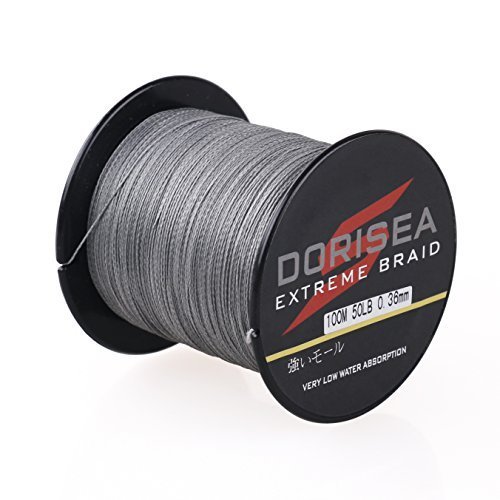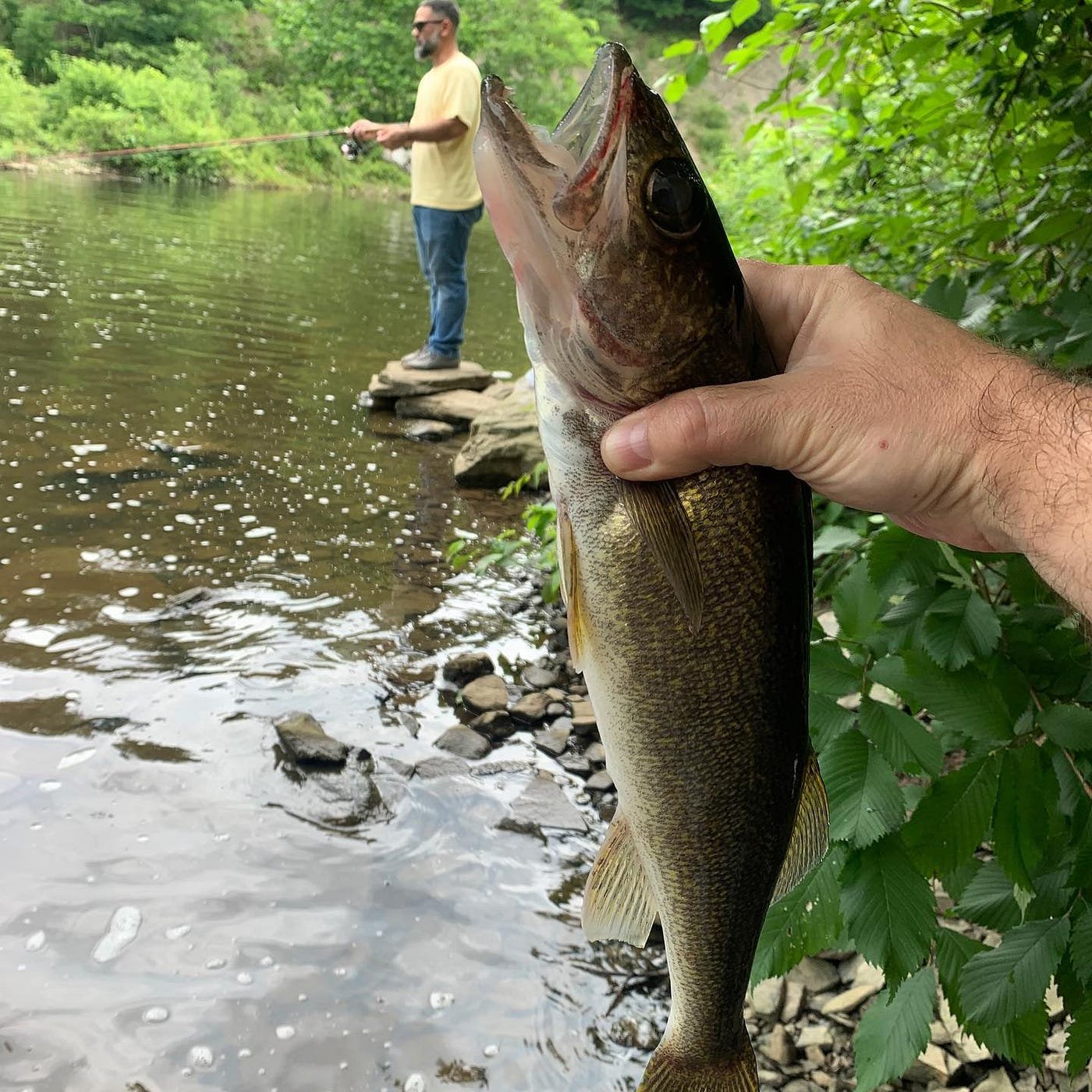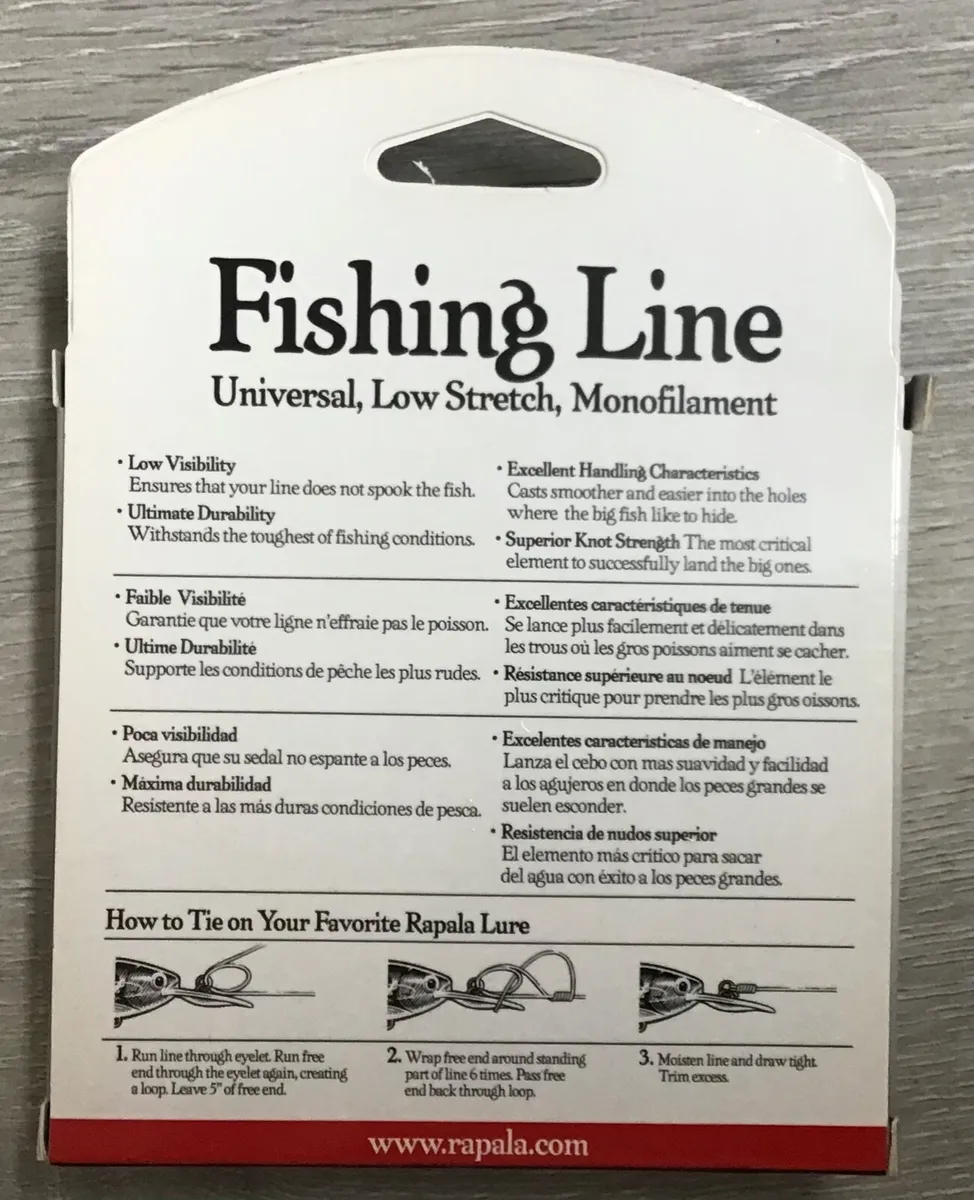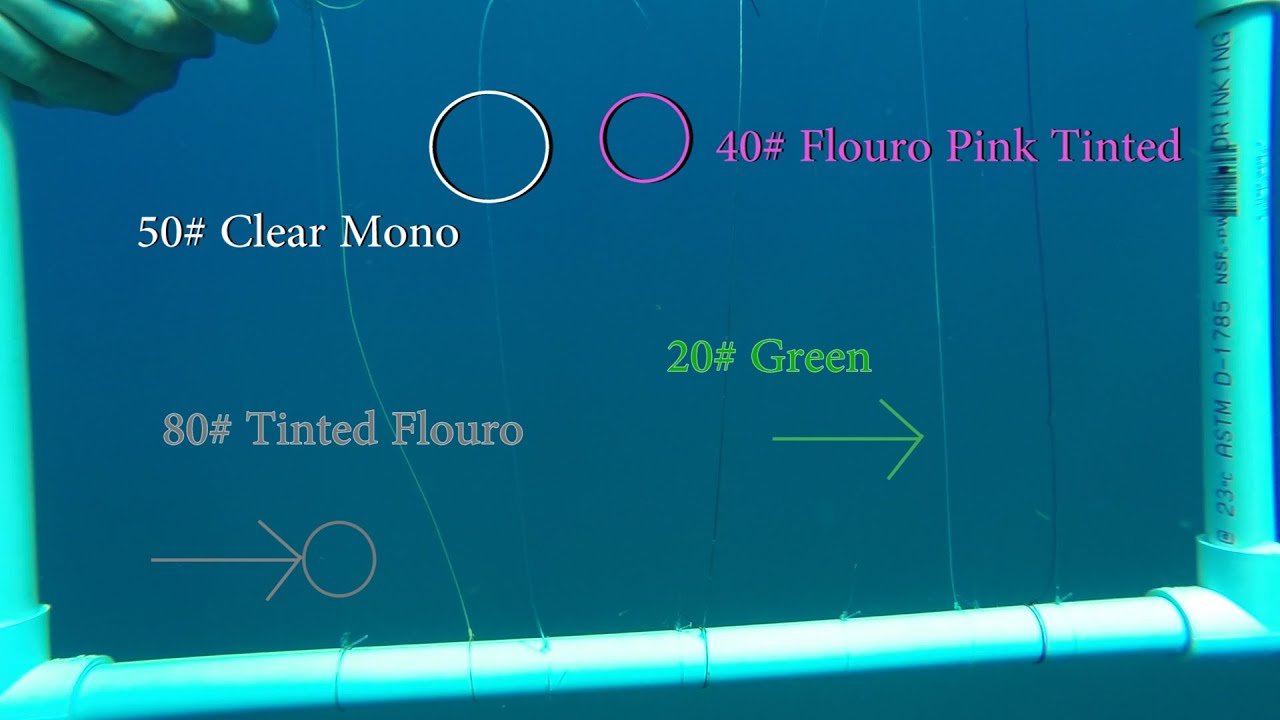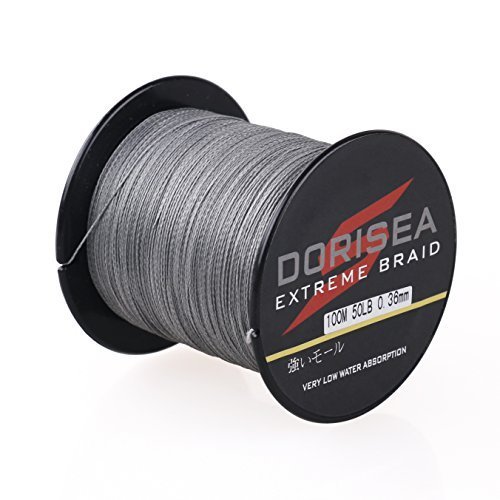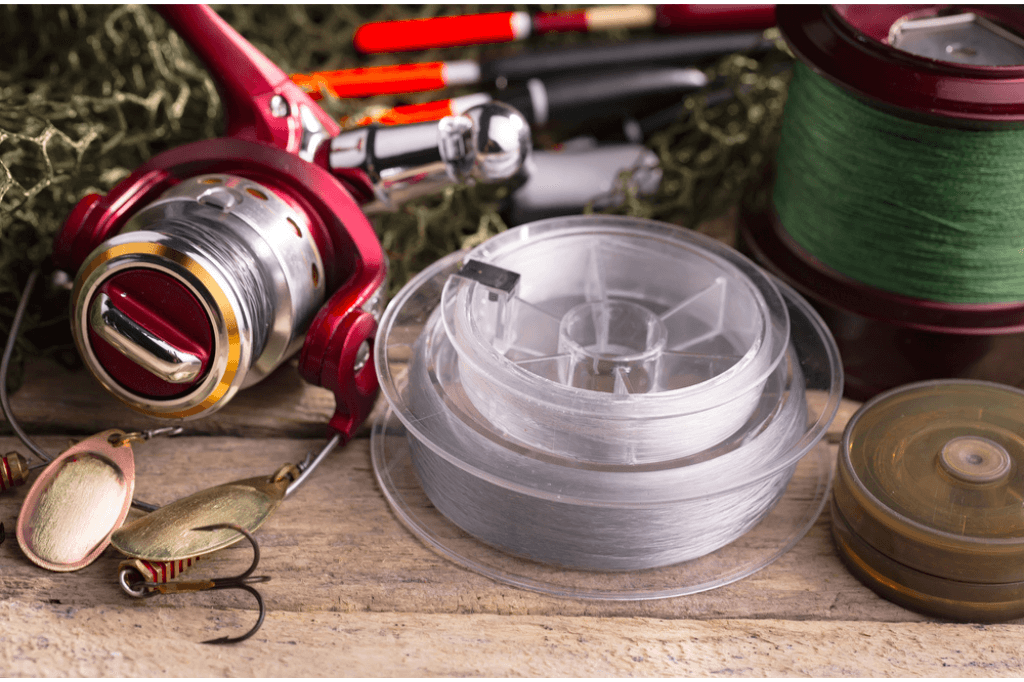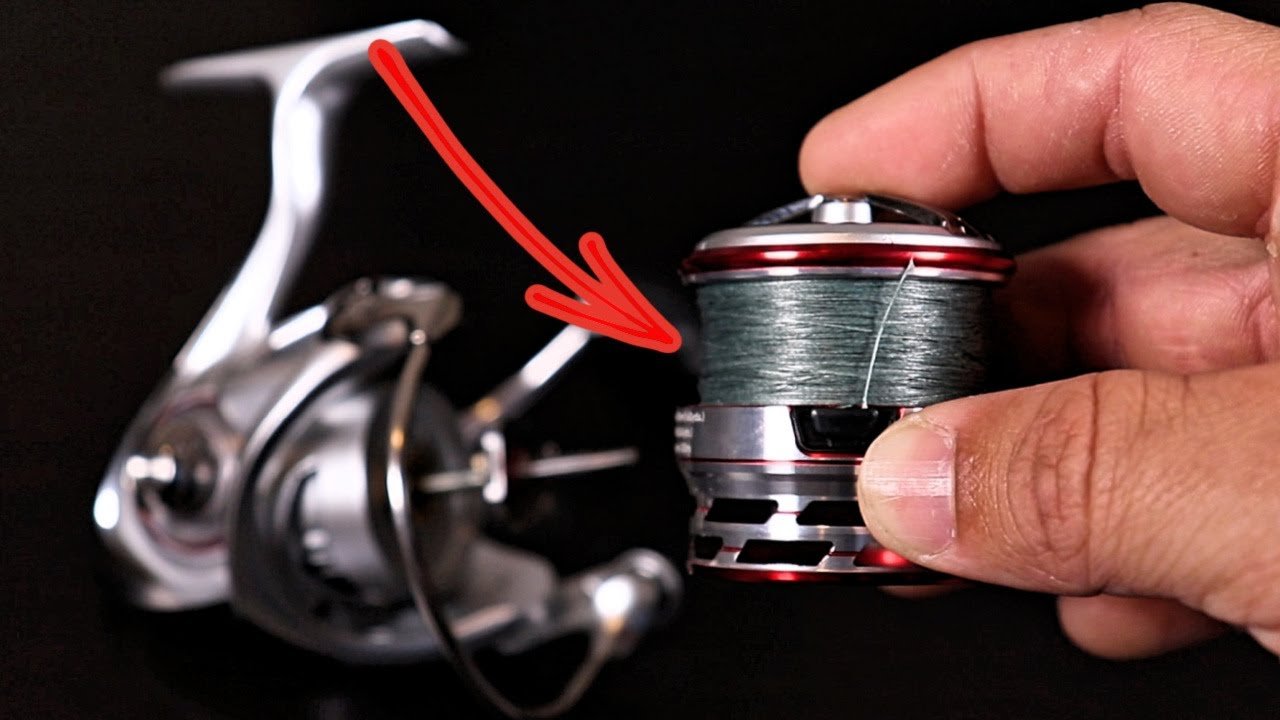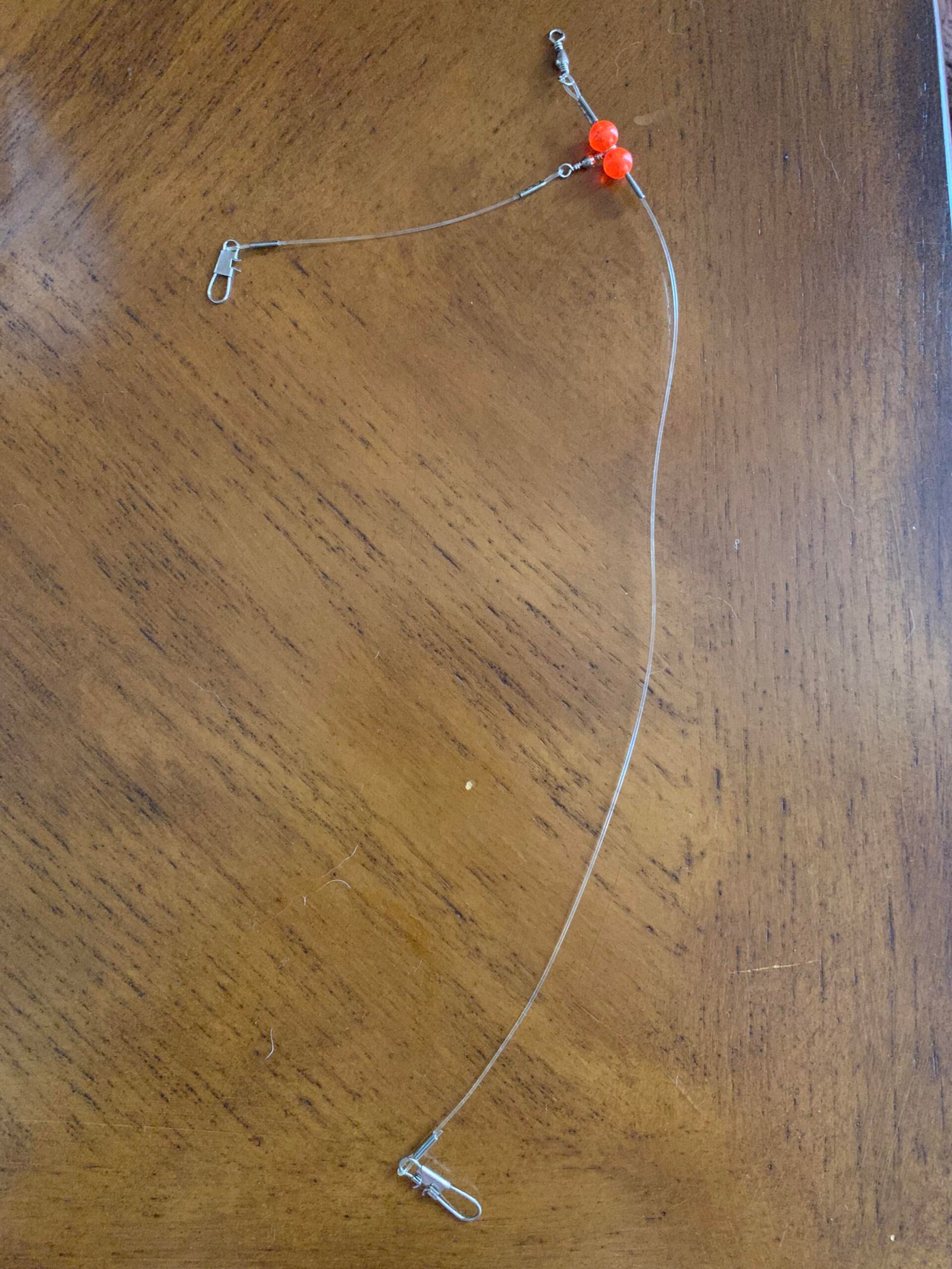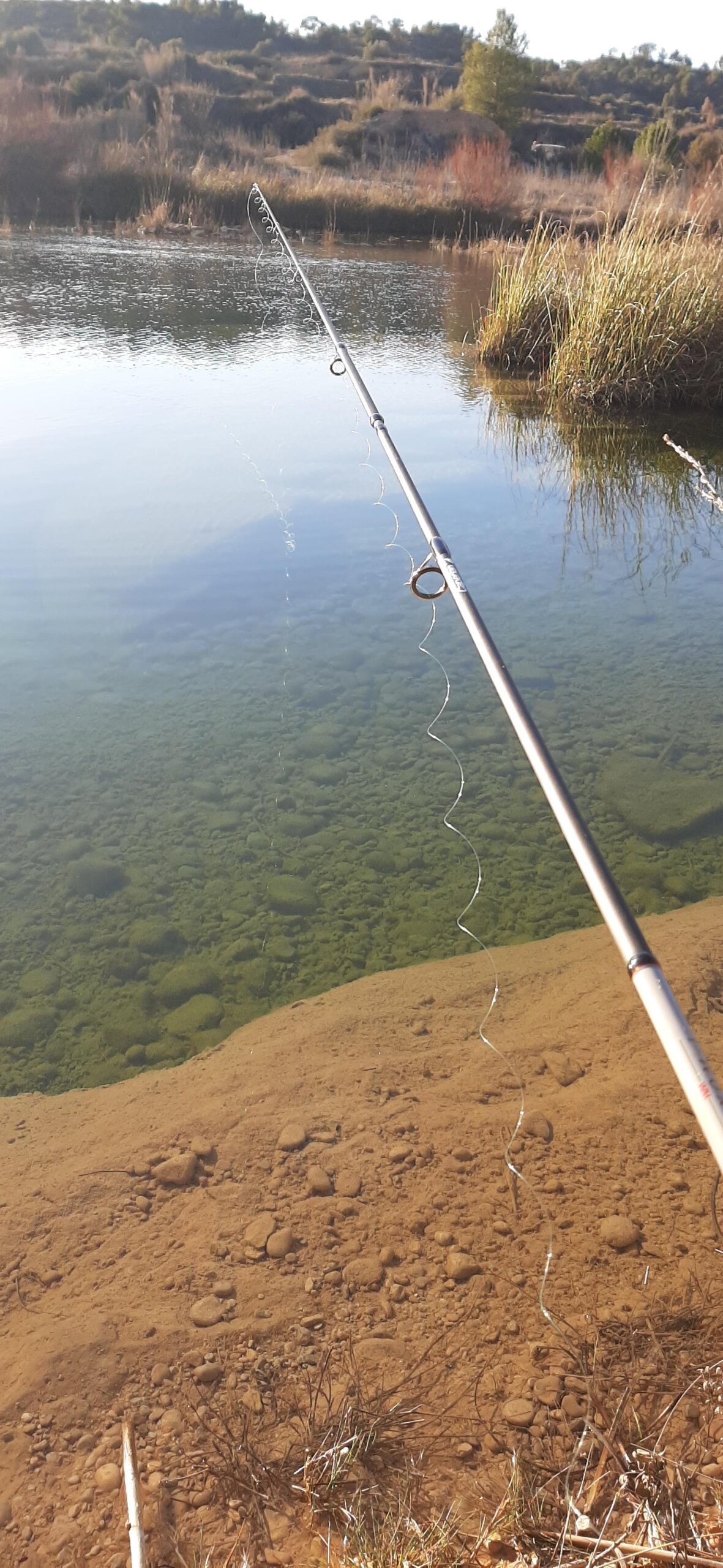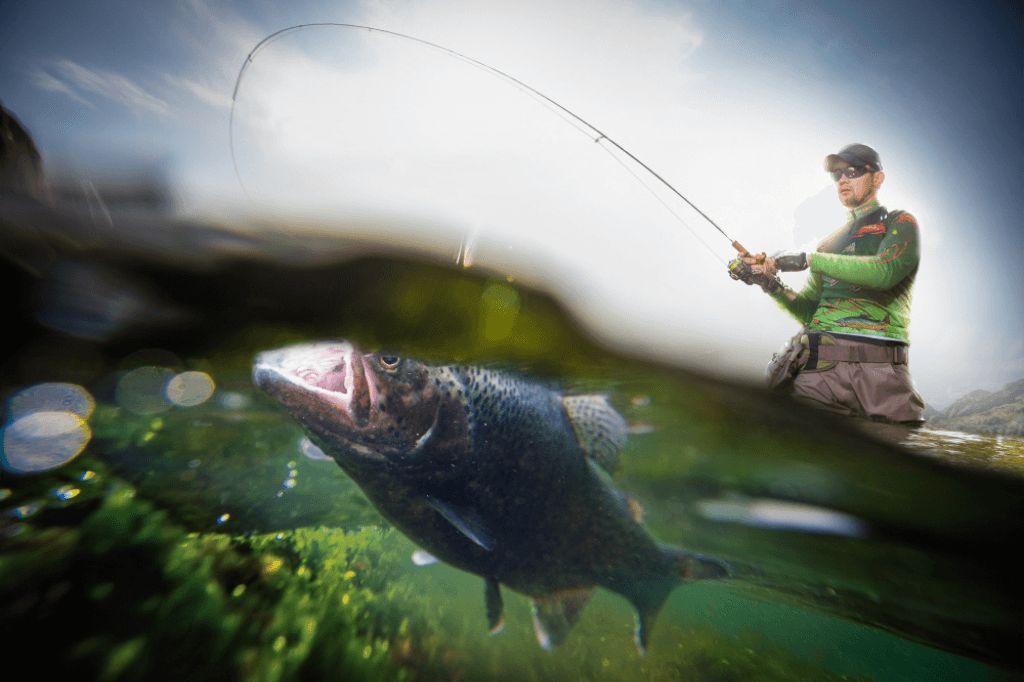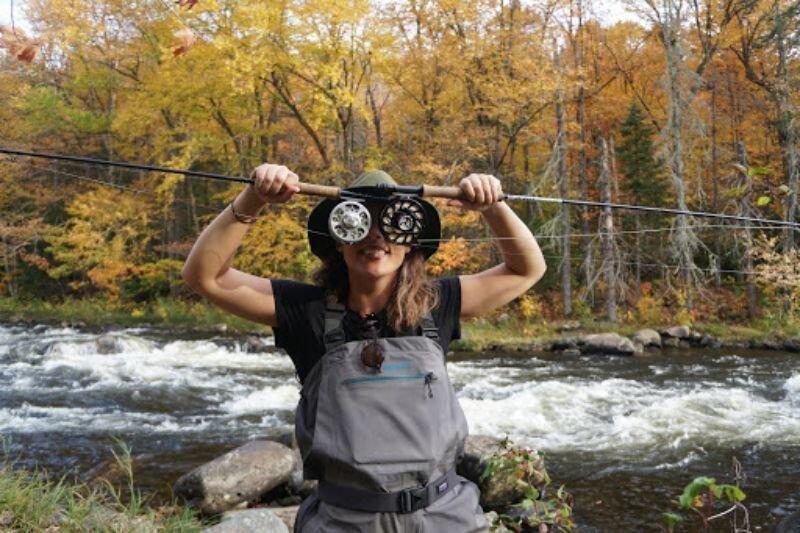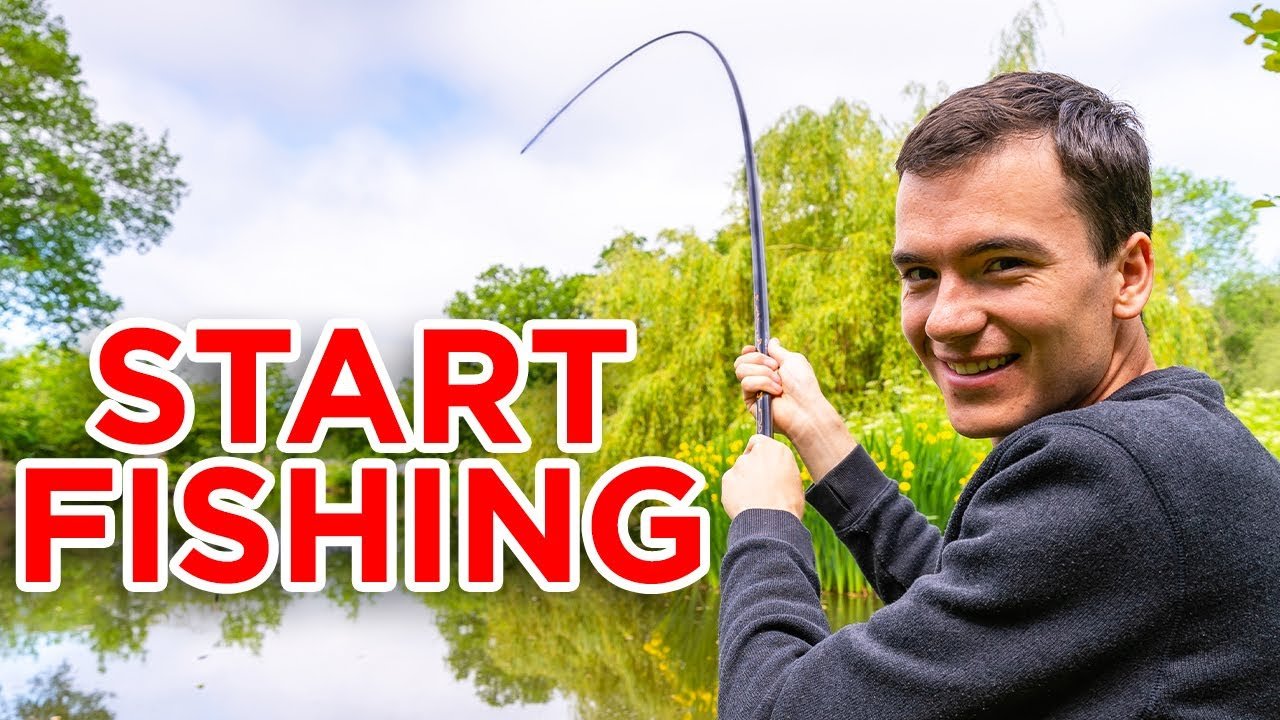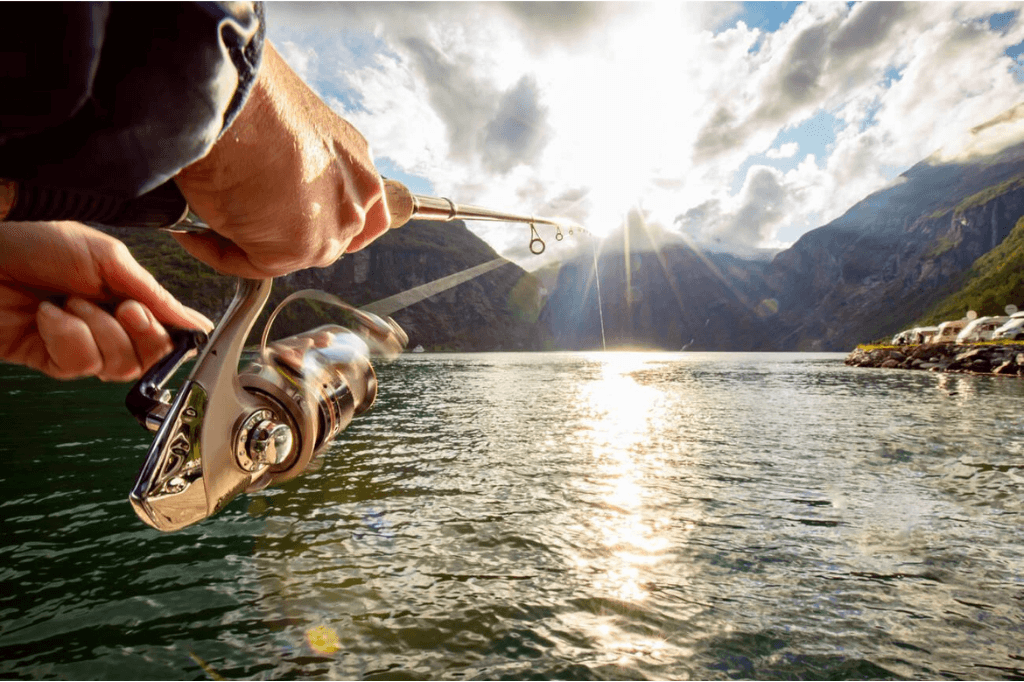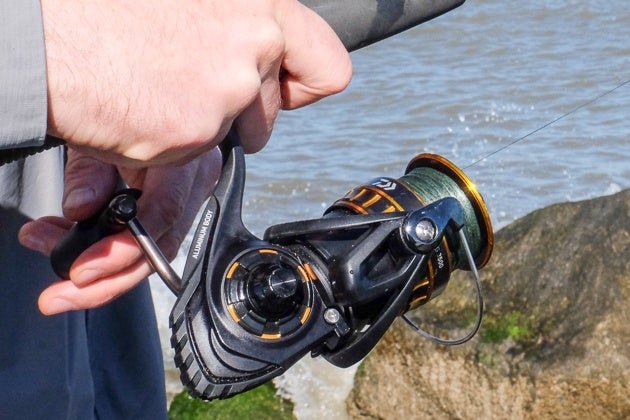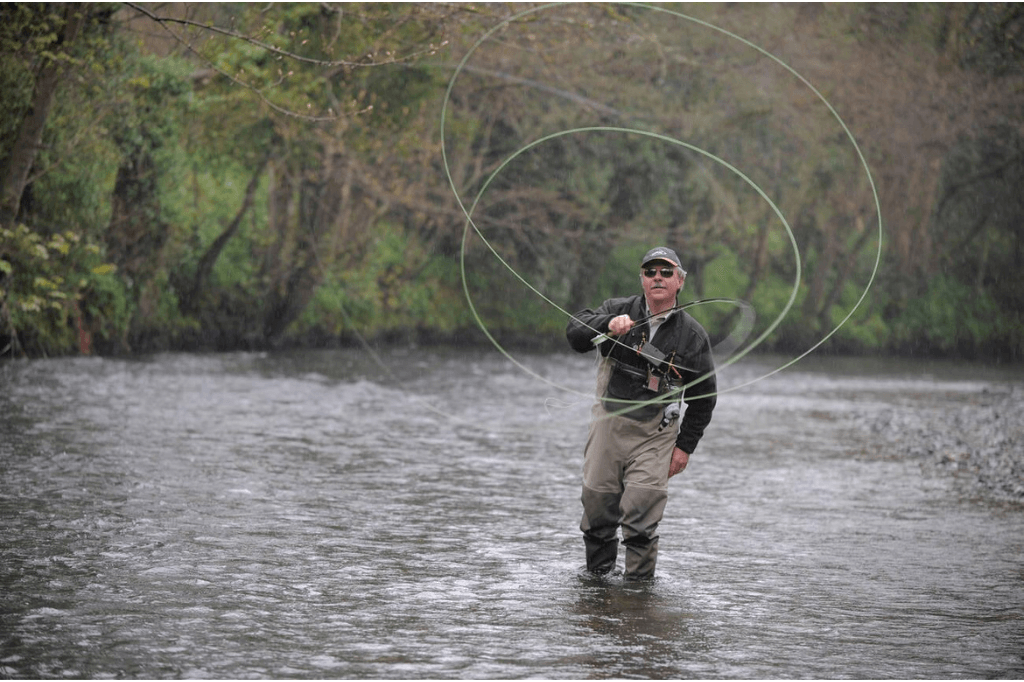Swimbaits have revolutionized the bass fishing scene with their lifelike designs and versatile applications. These lures attract predatory bass by replicating the natural swimming action of baitfish. Anglers favor them for their ability to cover a lot of water and entice bites in both clear and murky environments.
Whether you’re fishing deep structures or shallow grassy flats, there’s a swimbait model that fits the bill. Their realistic eyes, scales, and fins make them irresistible to bass, often triggering aggressive strikes. The key to success with swimbaits lies in selecting the right size, action, and color that best matches the local forage, making them a must-have in any bass angler’s arsenal.
The Lure Of Swimbaits For Bass
Anglers everywhere feel the thrill when a bass strikes a lure. Among the arsenal, swimbaits stand out. These lures mimic the real movement of prey fish. They tempt bass like no other. Swimbaits for bass come in many shapes and sizes, fitting various conditions and bass behaviors.
Evolution Of Swimbaits In Bass Fishing
Swimbaits for bass have come a long way. They started as simple, stiff lures. Now, they boast incredible realism and versatility. Early swimbaits for bass were basic in design, often not reflecting the true motion of fish. Modern swimbaits, on the other hand, offer lifelike details. They have fluid movements that fool even the wariest of bass.
- First-generation swimbaits for bass: Simple and rigid
- Current-generation swimbaits for bass: Detailed and flexible
Why Swimbaits Outperform Other Lures
Swimbaits shine where other lures don’t. Their unique swimming action draws in bass from afar. They replicate wounded fish, an easy meal for bass. This triggers an instinctive strike response.
| Swimbait Feature | Advantage |
|---|---|
| Realistic look | Matches the appearance of live prey |
| Life-like motion | Mimics natural fish movements |
| Versatility | Effective in various water conditions |
With these advantages, swimbaits appeal to bass’ senses. Anglers using swimbaits report more catches. They also notice larger bass strikes. This makes swimbaits for bass a top choice for serious fishermen.

Swimbait Anatomy
Understanding the anatomy of a swimbait can elevate your bass fishing game. These lifelike lures mimic the movements of real fish. They come in various sizes, shapes, and materials, each affecting their performance in the water. Let’s dive into the details.
Breaking Down Sizes And Shapes
Swimbaits range from tiny to massive, catering to different fishing conditions. Size choice should match the prey bass are feeding on in your fishing spot.
- Small (Under 4 inches): Ideal for clear water and finicky fish.
- Medium (4 to 6 inches): Versatile for various situations.
- Large (Over 6 inches): Targets trophy-sized bass.
Shapes also vary. Paddle tails create a thumping action while straight tails offer a smoother glide. Choose based on the desired movement to entice bass.
Materials And Their Impact On Performance
Swimbaits for bass are made from soft plastic or rubber. Material choice affects durability and action.
| Material | Durability | Action |
|---|---|---|
| Soft Plastic | Less Durable | More Realistic |
| Rubber | More Durable | Less Flexible |
Soft plastics offer a lifelike feel, often resulting in longer bites. Rubber can withstand more aggressive attacks but may not move as naturally.
Selecting The Right Swimbait
Swimbait fishing lures are a must-have for any bass angler’s tackle box. They mimic the movement of real fish in the water, making them irresistible to bass. But with so many options available, choosing the right one can be a challenge. Focus on two key aspects: color and weight. This will help you land that prize bass.
Matching The Hatch: The Color Conundrum
Bass are smart predators. They know what prey looks like in their habitat. The term “Matching the Hatch” means picking a swimbait that looks like the fish bass are eating. This includes the size, shape, and most importantly, color.
- Clear water: Use natural and translucent colors.
- Murky water: Bright and dark colors work best.
Keep an eye on the local forage. If bass are feeding on shad, choose a swimbait that mimics a shad’s silver and white color. If they’re eating bluegill, select a green and orange pattern.
Weight Matters: Choosing The Right Heft
The weight of your swimbait affects how it swims. Choose the right heft to make sure it looks natural in the water. A heavy swimbait sinks faster and works well in deep water. A lighter swimbait stays near the surface, perfect for shallow areas.
| Water Depth | Swimbait Weight |
|---|---|
| Shallow | Lightweight |
| Deep | Heavy |
Test different weights to see which one brings the best action. The swimbait should glide smoothly, like a real fish. In windy conditions, a heavier swimbait might be needed to keep control.
Techniques For Swimbait Success
Mastering swimbait techniques can transform your bass fishing trips into successful adventures. These lures mimic the natural movement of fish, making them irresistible to bass. Let’s dive into effective retrieval methods and seasonal strategies.
The Art Of Retrieval: Speed And Rhythm
Understanding the right way to retrieve your swimbait is crucial. Bass react not just to the look of your lure, but also to how it moves through the water.
- Start slow: Begin with a slow retrieve to make your swimbait look like a leisurely swimming fish.
- Increase speed gradually: As you retrieve, gradually increase the speed to simulate a fleeing fish.
- Keep rhythm: Maintain a steady rhythmic pattern. Sudden jerks can scare bass away.
Experiment with different speeds and rhythms to see what the bass in your area respond to best.
Seasonal Strategies: Timing Your Approach
Bass behavior changes with the seasons, so should your swimbait strategy.
| Season | Strategy |
|---|---|
| Spring | Bass are active. Use faster, more aggressive retrieves. |
| Summer | Go deep. Bass avoid heat by staying deep. Use a slow retrieve. |
| Fall | Bass prepare for winter. Moderate retrieves work best. |
| Winter | Use a very slow retrieve. Bass are less active in cold water. |
Adapting your approach based on the season will help you catch more bass.
Tackling The Gear
Unlock the secrets of swimbait success for bass fishing with the right gear. Mastering swimbait techniques starts with understanding the equipment. From rods to reels to lines, each piece plays a vital role in your angling arsenal. Read on to ensure your tackle is up to the task.
Optimal Rods For Swimbait Casting
Choosing the right rod for swimbaits can make or break your fishing experience. The best rods combine strength with sensitivity. Look for heavy to extra-heavy actions in lengths of 7 to 8 feet. This gives you the power to cast large baits and the leverage to fight big bass. A longer rod also helps in casting further and handling the lure with precision.
Rod Features to Consider:
- Length: 7-8 feet for better casting and control
- Action: Heavy to extra-heavy for powerful hook sets
- Power: Enough to handle big swimbaits and bass
Reels And Lines: Making The Connection
Your reel and line are just as crucial as your rod. A quality baitcasting reel with a strong drag system is a must. It should be capable of handling heavy lines and delivering smooth, consistent performance.
| Reel Type | Line Type | Pound-Test Range |
|---|---|---|
| Baitcasting | Braided or Monofilament | 15-30 lbs |
Choose a line that’s tough enough to withstand the fight. Braided lines offer superior strength and sensitivity. Monofilament lines are more forgiving with stretch. A 15-30 pound test line is ideal for most swimbait scenarios.
Key Points for Reels and Lines:
- Reel: Smooth drag, holds heavy line
- Line: Braided for strength, Mono for stretch
- Pound Test: 15-30 lbs for versatility
Hotspots For Swimbait Fishing
Swimbaits are a top choice for catching bass. Knowing where to cast these lures can lead to remarkable catches. Let’s dive into the places bass love and how to find them.
Identifying Prime Bass Territory
For swimbait enthusiasts, finding the right spot is key. Bass often lurk where food is plentiful. Look for areas with submerged structures. These can be logs, rocks, or man-made objects. Vegetation like weed beds or lily pads also attract bass. These areas offer shelter and hunting grounds for bass.
- Points and drop-offs: Bass patrol these areas for prey.
- Creek channels: These pathways guide bass during seasonal migrations.
- Docks and piers: Offer shade and protection, making them perfect bass hideouts.
Weather Patterns And Water Conditions
Weather and water conditions shape bass behavior. Warm, sunny days can make bass more active. Overcast skies often lead to longer feeding times. After rains, bass may move to clearer waters.
| Condition | Swimbait Strategy |
|---|---|
| Clear Water | Use natural-colored swimbaits to mimic real fish. |
| Turbid Water | Choose bright or noisy lures to grab attention. |
| Warm Water | Speed up your retrieve to match bass energy. |
| Cold Water | Slow down; let the swimbait linger near bass hideouts. |
Monster Catches: Success Stories
Monster Catches: Success Stories shine a light on the thrilling world of bass fishing with swimbaits for bass. These stories not only inspire but also guide enthusiasts on how to land their own giant bass.
Tales Of Trophy Bass
Fishing tales often tell of the one that got away. But not these. Here are real stories of anglers who landed jaw-dropping bass:
- John Carter’s 15-pound Largemouth – A calm morning on Lake Casitas turned epic with a 12-inch rainbow trout swimbait.
- Emily White’s 17-pounder – At Lake Fork, a twilight adventure with a shad-style swimbait secured her personal best.
Analyzing Record-breaking Swimbait Catches
Let’s break down some impressive records:
| Fisherman | Weight | Location | Bait Used |
|---|---|---|---|
| Mike Johnson | 20 lbs | Clear Lake | Herring Swimbait |
| Sara Kim | 18 lbs | Delta River | Perch Swimbait |
These catches show the potential of swimbaits to attract monster bass. Each catch above used a different type of swimbait, proving versatility in choices.
Conservation And Ethical Angling
Anglers around the world enjoy the thrill of catching bass with swimbaits. Yet, fishing is not just about the catch. It’s about respecting nature and ensuring that we leave a healthy environment for future generations. Conservation and ethical angling are key to this pursuit.
Catch And Release: Ensuring A Sustainable Future
Catch and release is a practice that helps maintain bass populations. When done correctly, it allows fish to grow, reproduce, and thrive.
- Use barbless hooks: They cause less damage and are easier to remove.
- Handle with care: Wet your hands before touching the fish to protect its slime coat.
- Quick release: Return the bass to the water as soon as possible.
Responsible Fishing Practices With Swimbaits
Fishing with swimbaits comes with a responsibility to protect the waterways. Here are some tips to follow:
- Pick up trash: Keep the fishing spots clean.
- Use eco-friendly swimbaits for bass: Avoid baits made of harmful materials.
- Follow regulations: Stay informed about local fishing rules.
Frequently Asked Questions
What Is The Best Swimbait For Largemouth Bass?
The best swimbait for largemouth bass is often the soft plastic paddle-tail swimbait, due to its lifelike motion and versatility.
When To Use A Swimbait For Bass?
Use a swimbait for bass fishing during pre-spawn, spawn, and post-spawn seasons, or when mimicking baitfish in clear, calm waters. It’s also effective around structures and drop-offs.
What Size Swimbait For Bass?
For bass fishing, use swimbaits ranging from 4 to 6 inches to effectively target average-sized fish and match typical forage.
What Pound Line For Swimbaits?
For swimbaits, use a fishing line between 12 to 25 pounds, depending on the lure size and target species. Opt for heavier lines for bigger baits and tougher fish.
Conclusion
Exploring the world of swimbaits is a game-changer for any bass angler. These versatile lures can mimic the natural prey of bass, making them irresistible. Remember, choosing the right swimbait depends on water conditions and bass behavior. So, gear up, select your swimbait, and get ready for an exciting fishing adventure.
Happy casting!

